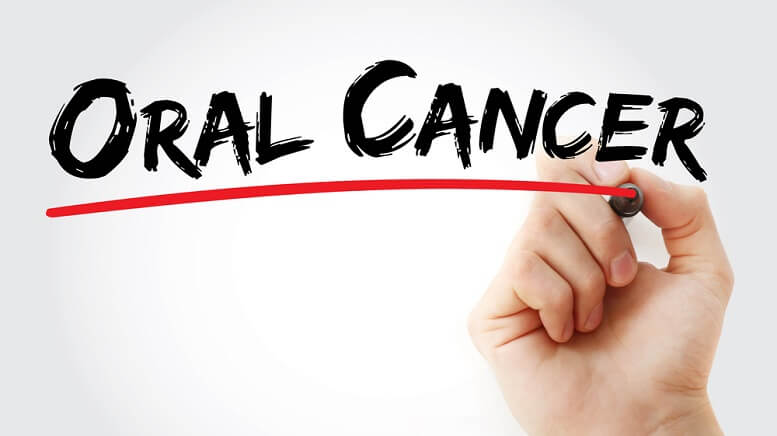Mantle cell lymphoma is a B-cell non-Hodgkin lymphoma that develops in the outer edge of a lymph node called the mantle zone. Mantle cell lymphoma occurs in men more often than it does women and is usually diagnosed in individuals in their early 60s.
Mantle cell lymphoma is typically not diagnosed until it’s at stage 3 or 4. It often spreads to other lymph nodes, the spleen, the liver, and bone marrow. It is also sometimes found along the gastrointestinal (GI) tract, in which case it is called lymphomatous polyposis.
Mantle cell lymphoma may be slow-growing, but there are also fast-growing, aggressive variations, called the pleomorphic variant and the blastoid variant.
Mantle Cell Lymphoma Treatments
Mantle cell lymphoma treatments are focused mainly on chemotherapy. Other mantle cell lymphoma treatments include biological therapy, targeted therapy, stem cell transplant, and radiation therapy.
Chemotherapy
Chemotherapy is commonly used in treating mantle cell lymphoma and is typically given as a combination of drugs. It also may be given along with a targeted therapy drug.
The combinations of chemotherapy drugs used in mantle cell lymphoma treatments may include:
- R-CHOP – CHOP with rituximab (Rituxan)
- CHOP – cyclophosphamide (Cytoxan, Procytox), doxorubicin (Adriamycin), vincristine (Oncovin), and prednisone
- R-CVP – CVP with rituximab
- CVP – cyclophosphamide, vincristine, and prednisone
- R-hyperCVAD – hyperCVAD with rituximab
- EPOCH – etoposide (Vepesid), doxorubicin, vincristine, cyclophosphamide, and prednisone
- hyperCVAD – cyclophosphamide, vincristine, dexamethasone (Decadron, Dexasone), doxorubicin, methotrexate, and cytarabine (Cytosar, Ara-C)
If mantle cell lymphoma treatment doesn’t work, or if it progresses during treatment or comes back (recurs) after treatment, the following treatments may be used. These mantle cell lymphoma treatments may be given alone or in combination with a targeted therapy or other drugs:
- fludarabine (Fludara)
- cladribine (Leustatin)
- bendamustine (Treanda)
Targeted Therapy
Targeted therapy drugs target specific molecules on the surface of cancer cells, which help send signals that tell cells to divide or grow. By targeting these molecules, these drugs stop the growth and spread of cancer cells while at the same time limiting harm to normal cells.
A targeted therapy drug that is commonly used alone or in combination with chemotherapy to treat mantle cell lymphoma is Rituximab.
Ibrutinib (Imbruvica) and Bortezomib (Velcade) are two other targeted therapy drugs that may be given for mantle cell lymphoma that stops responding to treatment or recurs after treatment.
Radiation Therapy
External beam radiation therapy can also be used for the treatment of mantle cell lymphoma. Radiation may be given to the areas of lymph nodes that are affected and is used for early stages of the disease or to relieve symptoms (known as palliative therapy).
Immunotherapy
Immunotherapy for mantle cell lymphoma treatment helps strengthen or restore the immune system’s ability to fight cancer. Lenalidomide (Revlimid) is a biological therapy drug that can be used for mantle cell lymphoma if it stops responding to treatment or comes back after treatment.
Stem Cell Transplant
A stem cell transplant can be an option for patients in first remission. Stem cell transplant can also be used to treat mantle cell lymphoma that stops responding to treatment or returns after treatment. Patients who can’t have a stem cell transplant, or those whose cancer comes back after a stem cell transplant, may be treated with biological therapy, targeted therapy, or other chemotherapy regimens.
Original source: https://www.cancer.ca/en/cancer-information/cancer-type/non-hodgkin-lymphoma/non-hodgkin-lymphoma/mantle-cell-lymphoma/?region=on
Featured image: DepositPhotos – garagestock









